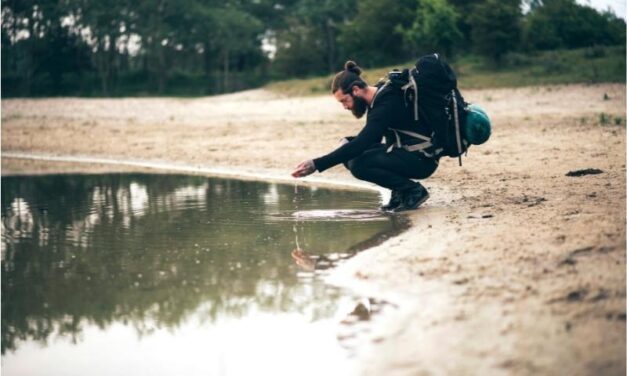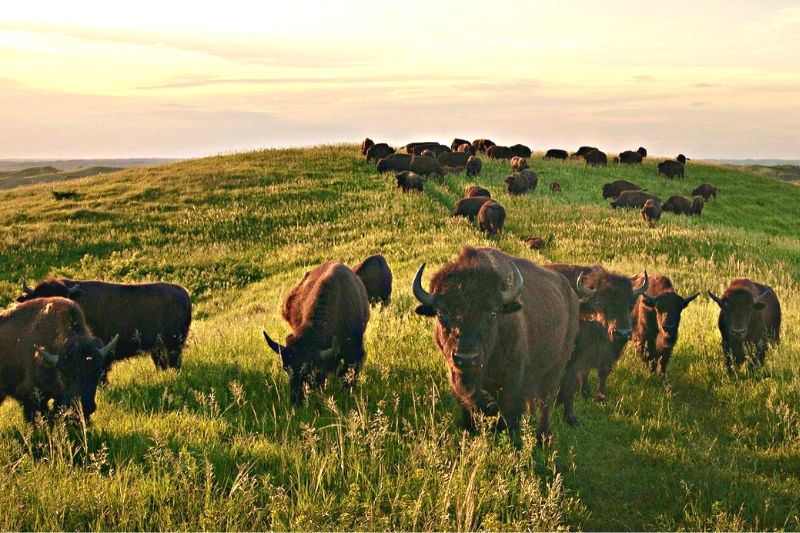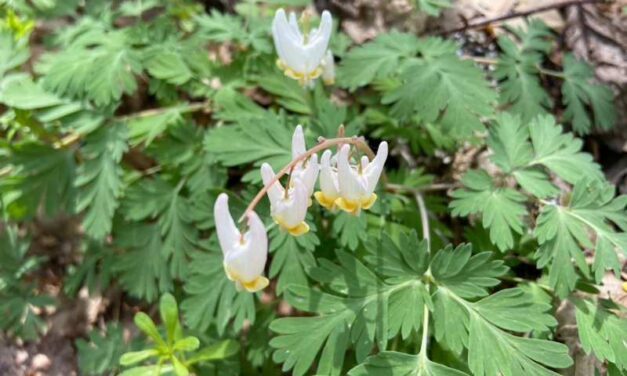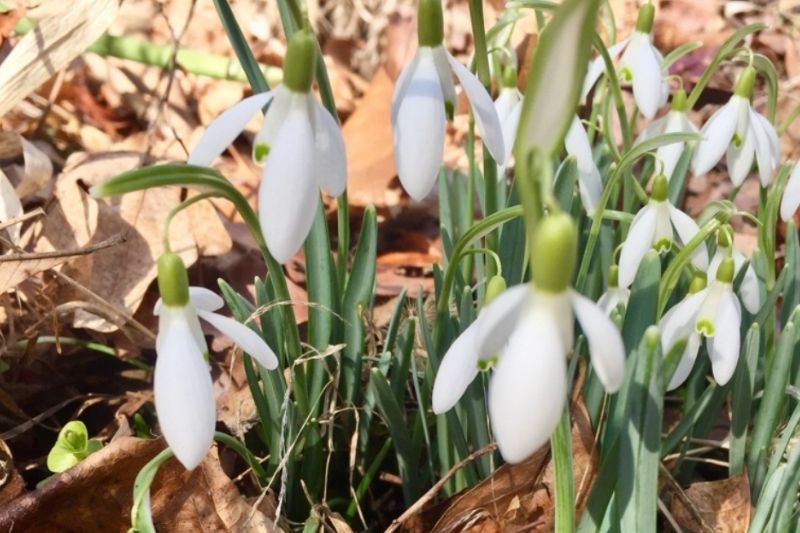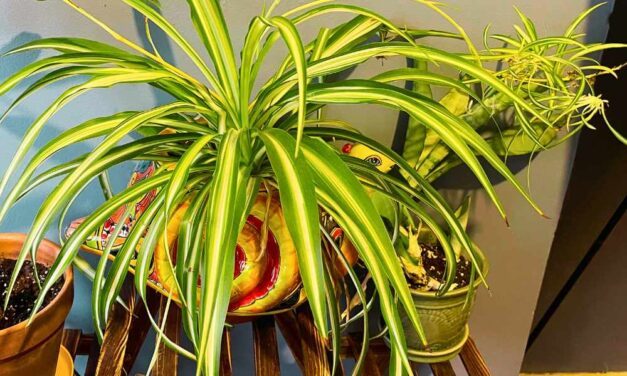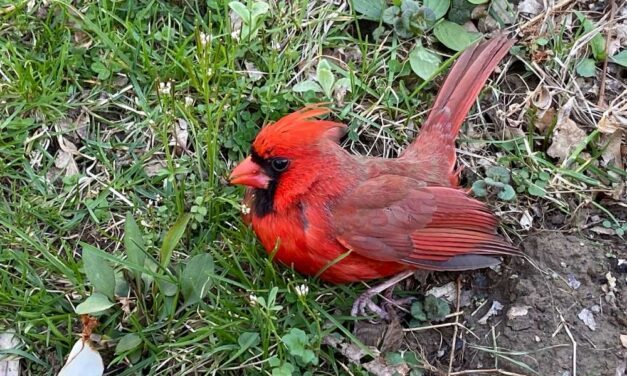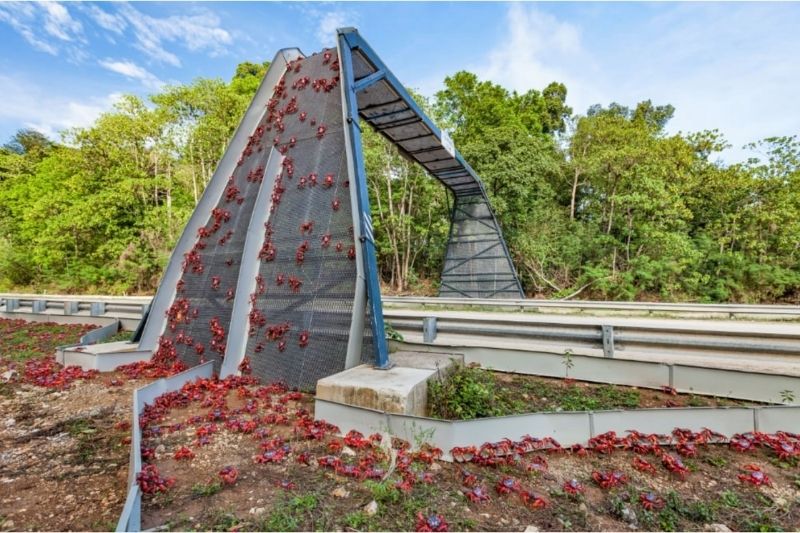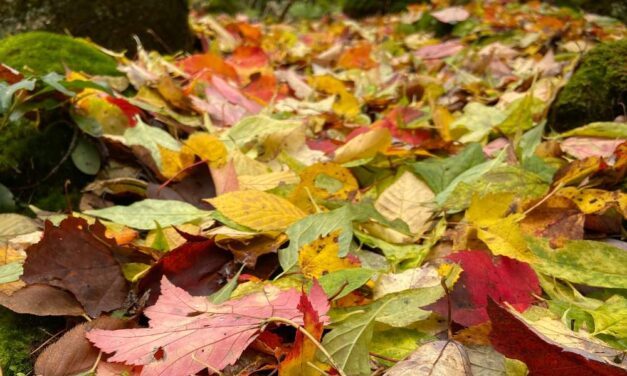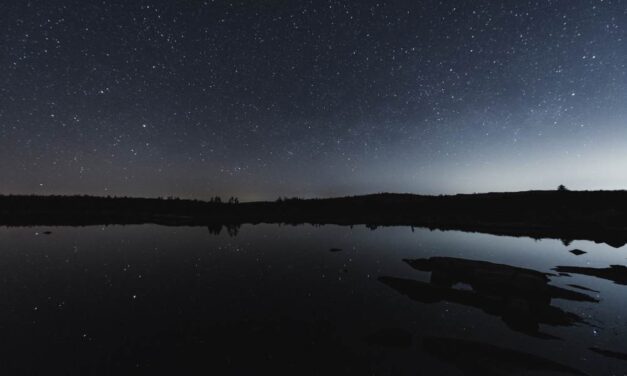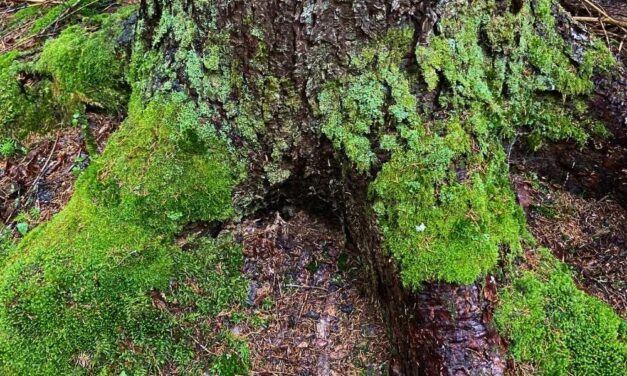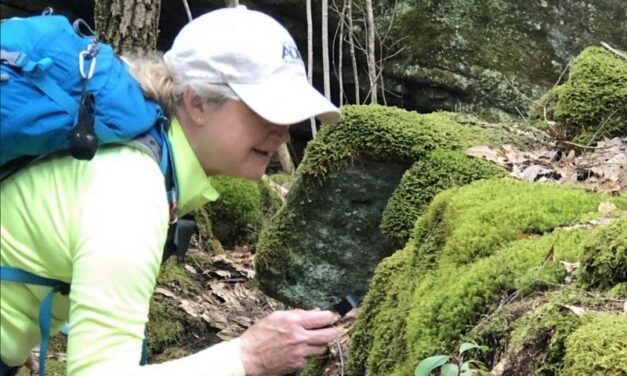Tag: nature
Understanding Water Quality Through Aquatic Macroinvertebrates
Aquatic macroinvertebrates signal to us the quality of our waterways. They play a large part in our freshwater ecosystem.
Read MoreThe Truth About Our Environmental and Humanitarian Water Crisis
Water sustains all life, yet we take it for granted. Learn how water demands are creating an environmental and humanitarian water crisis.
Read MoreProtecting Biodiversity Around the World
Discover why protecting biodiversity and promoting climate resilience are so important. Then learn more about climate corridors near you!
Read MoreJoyful Signs of Spring in the Forest
In the northeast, mid-Atlantic spring has sprung, and telltale signs of spring are revealing themselves everywhere.
Read MoreIt’s Spring! Time to Get Outside and Explore
Spring is in the air! Get outside and revel in the sights and sounds of nature stirring back to life after a long winter.
Read MoreIndoor Plants Benefit Your Health and Mood
Indoor plants aid our senses through texture, color, and beauty — enhancing our mood, health, and overall wellness.
Read MoreJoin This Year’s Christmas Bird Count!
The Christmas Bird Count is a beautiful way for families and friends to get outside over the holidays and participate as citizen scientists.
Read MoreHow Wildlife Bridges Connect Natural Habitats Together
Wildlife bridges or “green” bridges are reducing the number of wildlife-related traffic incidents and providing safe pathways for animals.
Read MoreDiscover the Ecological Wonders of Leaf Litter
Your yard might look unkempt and messy, but leaf litter is full of life! Discover how leaves create a natural habitat for pollinating insects.
Read MoreOur Dark Skies are Brighter Than Ever and That’s a Problem
Studies show how vital dark skies are to the health of our ecology. Artificial light pollution and energy waste adversely affect our health.
Read MoreDig into the Marvels and Mysteries of Moss
Moss is the simplest and most primitive of all plants, yet their importance can’t be understated. Discover the wonders and mysteries of moss.
Read MoreA Bioblitz is a Great Way to Learn What is Living Near You
Want to know more about plants, insects, animals, birds, fungi, or trees near you? A bioblitz is fun way to identify life around you.
Read More
Recent Posts
-

-

-

-
 Decadent Chocolate and Strawberry TartJul 1, 2025
Decadent Chocolate and Strawberry TartJul 1, 2025 -
 Creamy Banana “Nice Cream”Jul 1, 2025
Creamy Banana “Nice Cream”Jul 1, 2025


